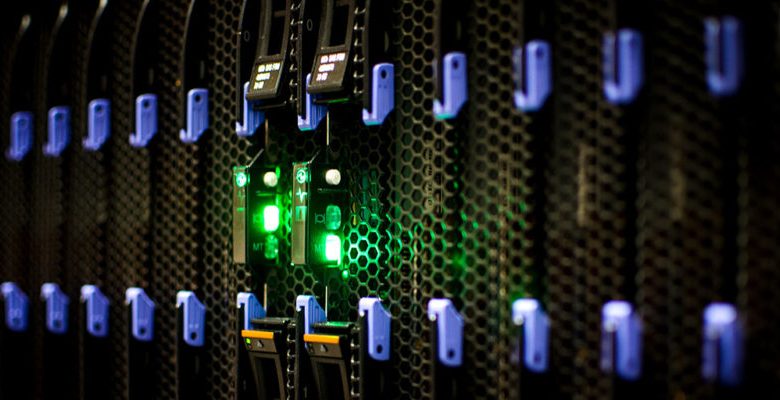What are the uses of SIEM Tools?

SIEM tools are designed to alert users of security breaches in real-time, allowing businesses to act quickly and effectively. They do this by aggregating information from various sources and providing a consolidated view of all network activity. Without visibility, companies are vulnerable to attacks from cybercriminals.
Investigation tools
A list of SIEM tools helps organizations monitor, manage, and prevent security threats by gathering data from various sources. The resulting centralized view of network breaches enables organizations to respond to security threats faster. SIEMs can also provide actionable intelligence by consolidating log data, threat intelligence, and user authentication information. By centralizing this information, SIEM tools provide easy access to a security team that can analyze incidents.
A SIEM tool acts as a command center for security teams, aggregating event log data and analyzing it in real time. These tools store and manage log data from all systems and provide context for security analysts. They can also keep track of ongoing investigations and activities and even score users and strategies based on their risk levels.
User behavior analytics
User behavior analytics is a relatively new security technology that can help prevent numerous attacks. In addition, they can be used with other security measures to help identify suspicious behavior and alert administrators to potential threats. For example, the use of machine learning and statistics can be a helpful way to identify malicious behavior.
A SIEM tool that performs behavioral analytics can help IT teams monitor network access. This data is typically collected through various event logs that span the company’s infrastructure. By contrast, UBA focuses on individual users and develops a baseline of normal user behavior. When this baseline is violated, the system will alert the security officer. The alerts generated by UBA can then be piped into a SIEM system for further analysis. Together, these two security tools provide a more comprehensive and efficient defense against threats.
Data aggregation
It would be best if you considered an enterprise SIEM tool to improve your security and data aggregation capabilities. These tools are designed to solve specific problems. These tools are often available through an on-premises installation, but cloud-based solutions are also available. The key to choosing the right SIEM is determining your business’s needs. For example, a company with a high-risk environment may want to use cloud-based software instead of on-premise tools.
In addition to the data aggregation capabilities, SIEM tools are used to monitor, analyze, and mitigate security risks. These solutions can provide detailed event correlation and investigation reports. Depending on your needs, organizational structure, and budget, many SIEM solutions exist.
Costs
The cost of SIEM tools depends on the number of users and the features you need. Basic features cost less than more advanced ones. There are also ongoing costs associated with maintaining and tuning SIEM tools. Some expenses include increased bandwidth fees, tuning,, and licenses. Consider your needs and budget to determine how to get the best value.
Implementation
SIEM tools are designed to help organizations identify, prioritize, and respond to security incidents as they happen. They do this by aggregating information from multiple sources. This gives the SIEM user a clear picture of what is happening on their network. Without such visibility, a business is vulnerable to cyberattacks.
These tools are not without limitations. It can take time to sort through raw logs. Moreover, they have limited integrations with other security tools. Users may find them difficult to use.
A SIEM tool is essential for any organization that faces specific compliance requirements. For health and safety reasons, for example, regulations often call for routine monitoring of logs. The HIPAA security rule, for instance, requires covered entities to implement hardware and software to monitor activities.
